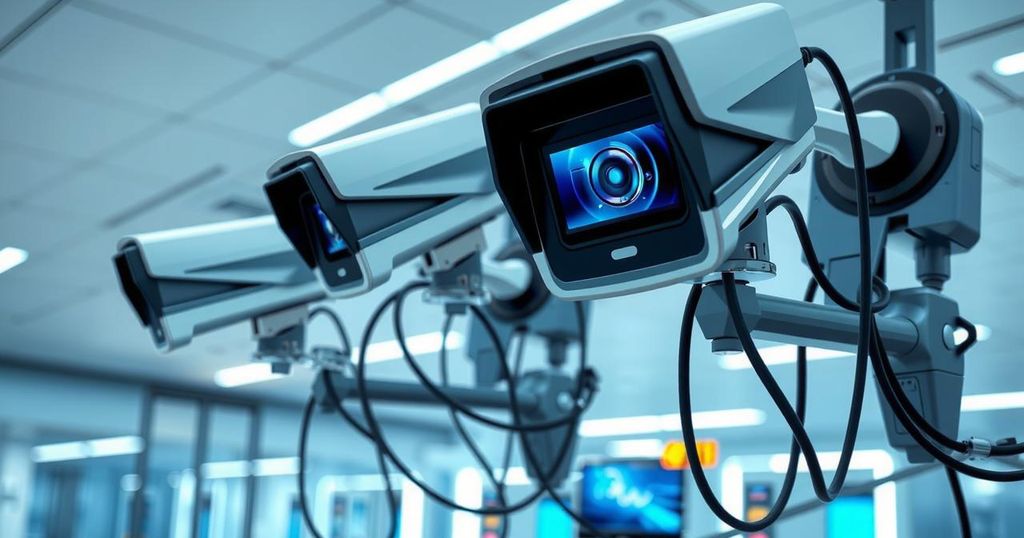Summary
Global ID has patented its BioID Security Protocol for secure finger vein recognition, facilitating the use of a tamper-resistant device as a biometric identity document. Unlike biometric passports, their protocols safeguard user privacy by avoiding the disclosure of digital evidence. Additionally, a recent study highlights improvements in image quality for finger vein recognition by addressing illumination factors, thus enhancing recognition accuracy.
The biometric field has seen significant advancements, particularly in finger vein recognition, which has garnered interest due to its security features. Swiss startup Global ID has secured a patent for its innovative BioID Security Protocol from the European Patent Office. This protocol (European Patent No. 20723528.4) outlines a framework allowing a compact, tamper-resistant device to function as a biometric identity document that authorized terminals can scan. Global ID emphasizes that its protocols differ from biometric passports by not revealing digital evidence, thus offering a level of denial. Furthermore, the device’s identity data is safeguarded by an access control system which can be robust, leveraging a public key infrastructure (PKI), or simpler, based on passwords, catering to varied security needs. The company has previously acquired two additional patents related to finger vein authentication systems meant to enhance enterprise access control, coinciding with the production announcement of its VenoScanner device designed for biometric data capture. The potential applications for finger vein technology encompass support for Zero Trust architecture within access controls, transaction validations, and data encryption, making it a versatile solution in cybersecurity frameworks. In parallel, challenges such as image quality in finger vein recognition systems persist, driven by factors such as illumination and imaging techniques. Recent research conducted by the Dutch University of Twente has proposed improvements to enhance image acquisition quality by systematically analyzing the impacts of anatomical features like finger bones and blood vessels. The research advocates for refining illumination setups in finger vein sensors, recommending the use of narrow bundles and side illumination for achieving better recognition performance. Overall, advancements in both the security protocols and technical specs hold promise for the future efficacy and adoption of finger vein biometric systems.
The article outlines Global ID’s latest patent developments in finger vein recognition technology, underlining its unique protocols that enhance biometrics as identity credentials. Finger vein recognition technology has gained traction due to its inherent security benefits, which contribute to its application in access control and data protection domains. Moreover, ongoing academic research highlights existing challenges in the field, particularly concerning image quality that can affect operational reliability. Such advancements in both patents and research signify a growing trend toward more secure biometric solutions.
In summary, Global ID’s recent patent acquisition is a significant milestone in biometric technology, particularly in finger vein recognition. Their BioID Security Protocol presents a novel method for secure identity verification without compromising user privacy. Additionally, addressing the imaging quality issues through research further complements the advancements made in finger vein technology, paving the way for greater use in security applications and reinforcing the efficacy of biometric systems. The interplay between robust protocol design and improved imaging techniques is crucial for the future development of reliable biometric authentication solutions.
Original Source: www.biometricupdate.com




